
For the tests here, after recent comments on my other articles, where I'd been trying to match resolutions, even if it meant using the lower 'PureVew' resolution on the Lumia 950/XL, I've plumped for the maximum detail each phone camera can capture.
So, in the case of the Lumia 950 XL that's 20MP at 4:3 aspect ratio, for the Galaxy S8+ that's 12MP at 4:3, and for the G6 that's 13MP at 4:3 again. All approximately, of course, you can multiple up the pixel counts if you really must!
The field of view of each phone camera is slightly different too, of course, not least that G6, which has the extra wide angle lens when needed, so the FOV on the main camera is deliberately kept tight. I've tried to centre my 1:1 crops below on the same details though, for ease of comparison.
As there are three devices on test here, I'm unable to use the famed interactive comparator, so you'll have to make do with static crops on the page. See what you think.
Test 1: Sunny suburbs
My standard test, as easy as you can get, sunny and with good light, masses of house and garden detail. Here's the overall scene, as shot on the Lumia 950 XL (there weren't massive differences in colouring and white balance between the three phone cameras, except where noted below):

And now for 1:1 crops to show actual image quality, from (in turn) the Lumia 950 XL, Samsung Galaxy S8 and LG G6, click the device names in this sentence for the full resolution JPGs, should you wish to download them to do your own analysis:



Even without the benefits of PureView oversampling, the Lumia 950 XL's superior optics and image processing win out here, I'd argue. Its photo is slightly less 'processed' than the other too, though I agree that the margin is small here - as it should be under 100% ideal lighting conditions. In turn, the S8+'s photo looks more natural than the G6's, proving it's all relative - and largely down to image processing algorithms?
Lumia 950 XL: 10 pts; Galaxy S8+: 9 pts; LG G6: 8 pts
Test 2: Daylight macro
Lowering the light levels by one step, here's a macro-ish shot of my dad's rather lovely antique clock, with the dust door open so that I could snap the intricate clock face details, in a well lit living room. Here's the overall scene, as shot on the Lumia 950 XL:

And now for 1:1 crops to show actual image quality, from (in turn) the Lumia 950 XL, Samsung Galaxy S8 and LG G6, click the device names in this sentence for the full resolution JPGs, should you wish to download them to do your own analysis:



OK, time for a rant (which I'll come back to in another article) - it's as clear as day how superior the image quality is from the Lumia 950 XL camera, here clearly beating out the brand, spanking new Galaxy S8+ camera, reckoned to be one of the best in the world. Yet the likes of DxOMark have never even bothered reviewing it - quite staggering. I seem to be a 'voice in the wilderness' championing the amazing quality that the 950 XL puts out. Sigh.
In contrast, the Galaxy S8+ photo is decent enough, but ultimately not as high resolution and with an element of digital noise creeping in, plus a touch of Samsung's traditional edge enhancement. While the LG G6's image processing is all over the place, look at the 'jaggies' and noise down at the pixel level. Again.
Lumia 950 XL: 10 pts; Galaxy S8+: 8 pts; LG G6: 6 pts
Test 3: Tempting HDR
With a nod towards tempting each phone camera's auto-HDR algorithms into triggering, I snapped this church tower against a bright sky. Plenty of detail to focus on (I tapped, in each case near a spot 30 feet from the top of the tower) and plenty of contrasting light. Here's the overall scene, as shot on the Lumia 950 XL:

And now for 1:1 crops to show actual image quality, from (in turn) the Lumia 950 XL, Samsung Galaxy S8 and LG G6, click the device names in this sentence for the full resolution JPGs, should you wish to download them to do your own analysis:



All very interesting - the Lumia 950 XL again has by far the most natural image, but the extra processing and edge enhancement in the Samsung multi-frame-combined photo does serve to bring out the stone detail quite dramatically yet without straying into HDR territory. Meanwhile the G6 did stray into full-on HDR mode and as a result the stonework is way too dramatic, the church tower looks downright artificial.
A slight win for the Galaxy S8+ overall.
Lumia 950 XL: 9 pts; Galaxy S8+: 10 pts; LG G6: 7 pts
Test 4: Forcing HDR
OK, so the previous test scene allowed for HDR to come on if the phone software thought the lighting warranted it, with varied results. Here I was faced with a dull-ish overcast scene and thought I'd force HDR on within each phone's Camera UI to try and make the photo more dramatic. Here's the overall scene, as shot on the Lumia 950 XL:

And now for 1:1 crops to show actual image quality, from (in turn) the Lumia 950 XL, Samsung Galaxy S8 and LG G6, click the device names in this sentence for the full resolution JPGs, should you wish to download them to do your own analysis:



A tough call here - looking at the 1:1 crops, it's clear that the Lumia 950 XL photo is slightly more 'considered' than the S8's, which is in turn higher grade than the G6's processed effort. Yet looking at the overall photos, the G6's is the one that looks 'best' at normal screen resolutions, the one that got closest to what I wanted, followed by the S8+ and then the Lumia. Reversing what I see at pixel level.
Overall then, a three way tie on this shot, I think.
Lumia 950 XL: 9 pts; Galaxy S8+: 9 pts; LG G6: 9 pts
Test 5: Natural detail
One of the toughest tests of any digital camera, especially on a phone, is capturing and encoding natural detail - grass, leaves, and so on. So I headed down to a local beauty spot. Here's the overall scene, as shot on the Lumia 950 XL:

And now for 1:1 crops to show actual image quality, from (in turn) the Lumia 950 XL, Samsung Galaxy S8 and LG G6, click the device names in this sentence for the full resolution JPGs, should you wish to download them to do your own analysis:



In fairness, none of the three phone cameras nailed this shot in terms of natural detail - I've been used to much more natural processing in the past on devices like the Nokia N8 and 808, and even the Lumia 1020. But the 950 XL gets the closest to reality, with greens remaining green and close to real life colours and with only minimal 'fuzzing' of areas of green detail. The S8+ and G6 images are, progressively, more processed and with worse handling of greenery - the vegetation on the right of the central waterfall looks almost yellow.
An Achilles heel for phone cameras, it seems.
Lumia 950 XL: 9 pts; Galaxy S8+: 7 pts; LG G6: 6 pts
Test 6: Low light
Just for a change, I went for this detailed model train, lit only by two small candles. Here's the overall scene, as shot on the Lumia 950 XL:

And now for 1:1 crops to show actual image quality, from (in turn) the Lumia 950 XL, Samsung Galaxy S8 and LG G6, click the device names in this sentence for the full resolution JPGs, should you wish to download them to do your own analysis:



The Lumia 950 XL's professional optics and higher resolution sensor just wins out here, with more detail captured, less noise and fewer artefacts, though the Galaxy S8+ didn't do badly either. The LG G6 lags behind with poor handling of noise and artefacts galore down at the pixel level.
Lumia 950 XL: 9 pts; Galaxy S8+: 8 pts; LG G6: 6 pts
Test 7: Night time
Dead of night, just street lamps. An ultimate test of OIS, sensor and image processing. Here's the overall scene, as shot on the Lumia 950 XL:

And now for 1:1 crops to show actual image quality, from (in turn) the Lumia 950 XL, Samsung Galaxy S8 and LG G6, click the device names in this sentence for the full resolution JPGs, should you wish to download them to do your own analysis:



The themes of the previous shots come through again - the Lumia manages most detail and most competently, while the Galaxy S8+ isn't far behind, with a few sharpening artefacts, detail that's almost made up (e.g. some of the bricks) and lower overall resolution. And then the G6 brings up the rear - again - with fairly horrible red colouration and over-sharpening artefacts.
Lumia 950 XL: 9 pts; Galaxy S8+: 8 pts; LG G6: 5 pts
Verdict
It's true that looking at the pixel level here is cruel to phones like the G6, whose camera might well satisfy the man in the street. But the moment you start wanting to display photos on a large screen, the moment you want to crop part of the photo to see a subject more clearly, then image quality does matter, the pixels do matter.
In terms of points totals:
Microsoft Lumia 950 XL: 65/70pts Samsung Galaxy S8+: 59/70pts LG G6: 47/70 pts Such a criminal shame that Microsoft stopped making their Lumia 950 and 950 XL - the camera in this smartphone is still the best in the world, whatever DxOMark says (or doesn't say). The Galaxy S8+ camera is on the right track, but the ZEISS optics and mature OIS and algorithms in the 950 range still can't be beaten.
It's true that the Galaxy S8+ camera is much faster than the Lumia 950's, of course. Faster to focus, faster to process, by an order of magnitude. And, for fast moving subjects or for someone in a hurry this way well turn the tables in terms of priorities.
PS. Oh, and for the nay-sayers, that extra resolution on the G6 in this feature made absolutely no difference to the results - the G6 simply isn't top notch as it should have been, whatever sensor cropping is used. Sorry.
Source:
A three way imaging challenge: Lumia 950 XL vs Samsung Galaxy S8+ vs LG G6

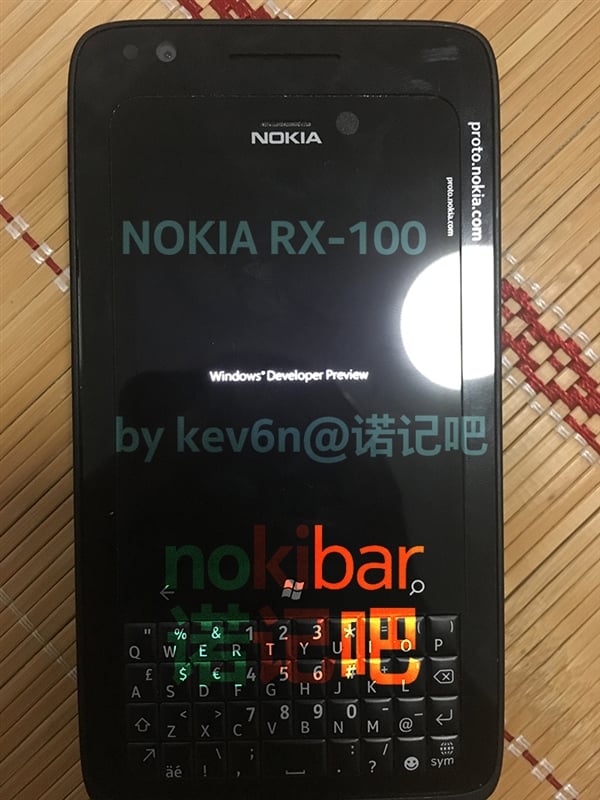
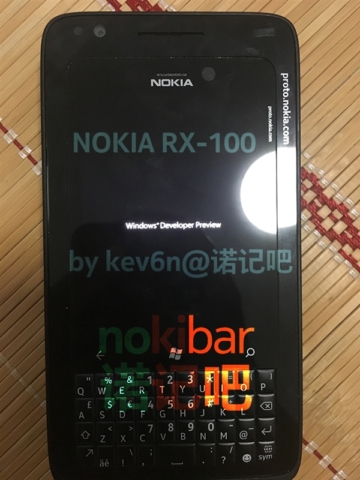
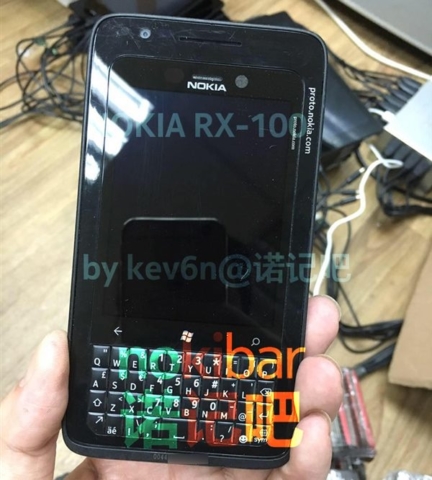
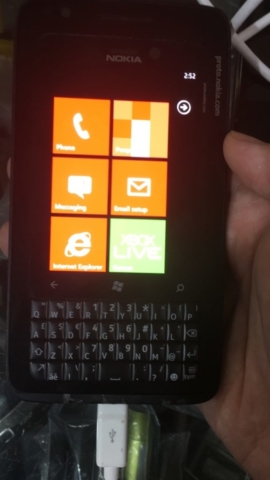
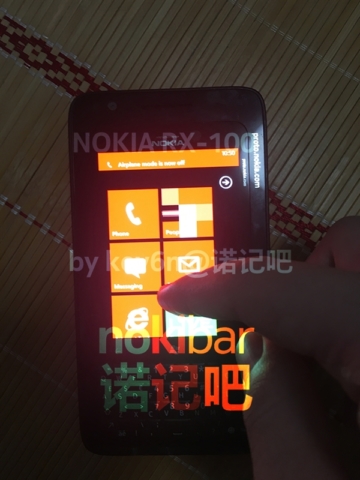
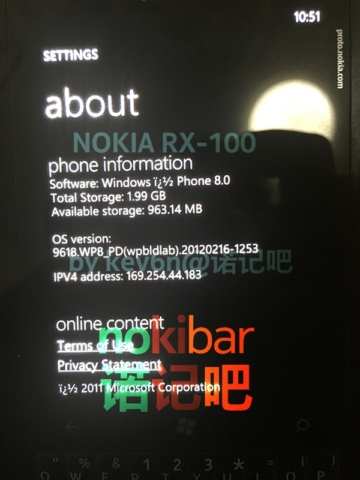
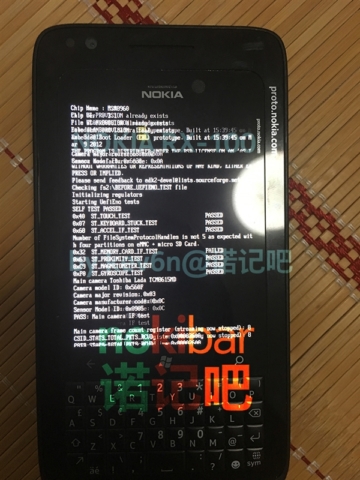
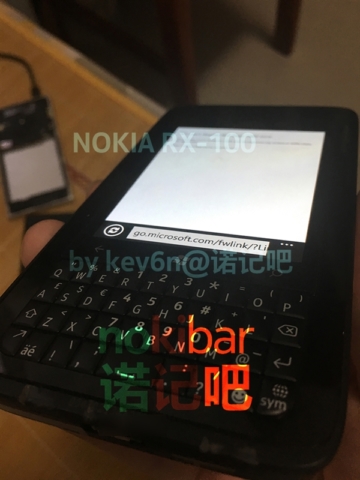
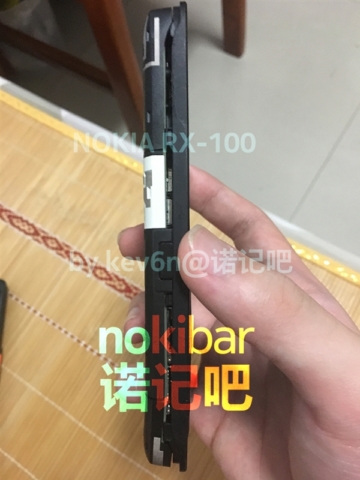
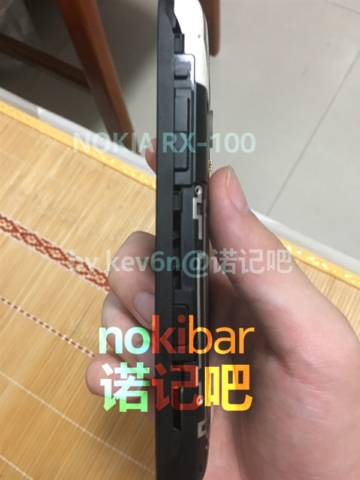
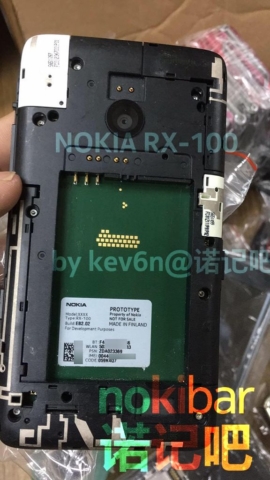
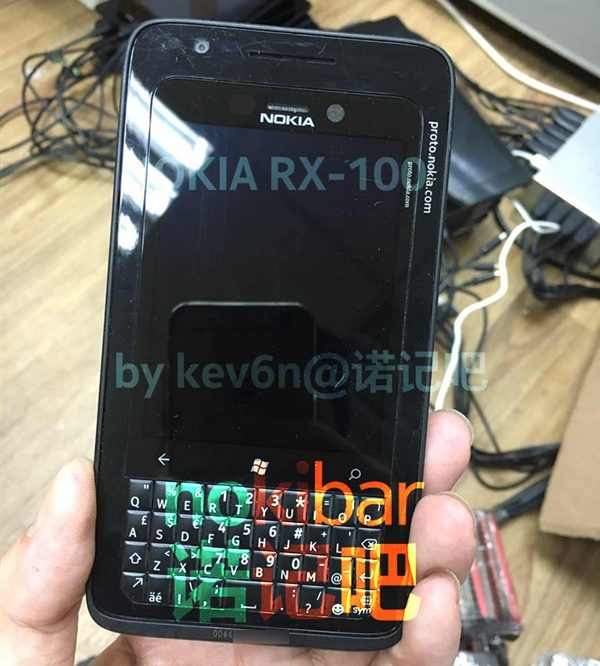
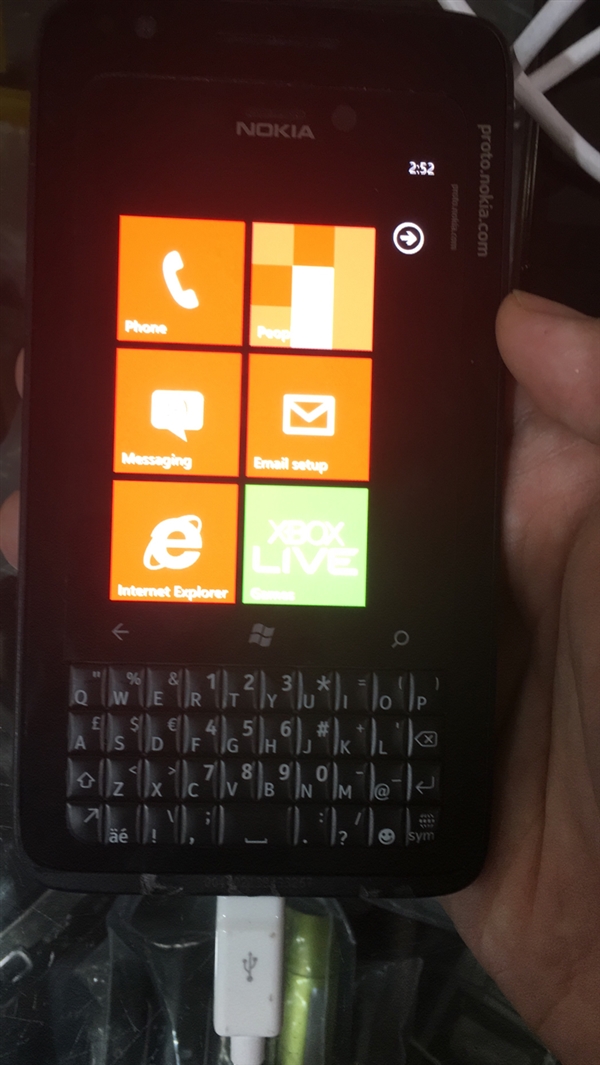
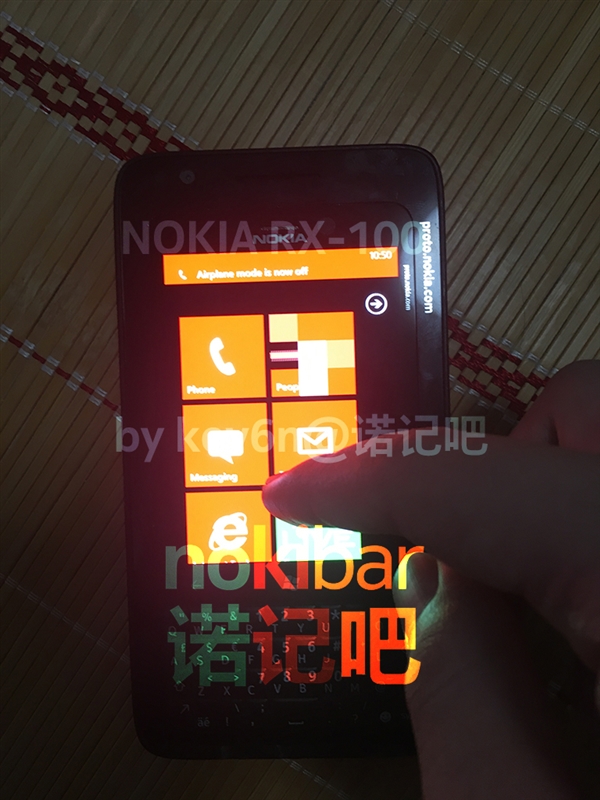
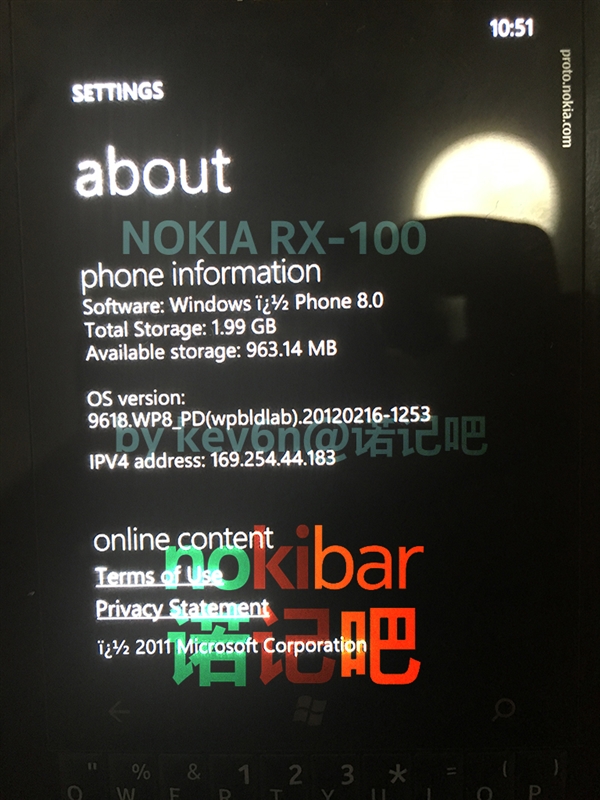
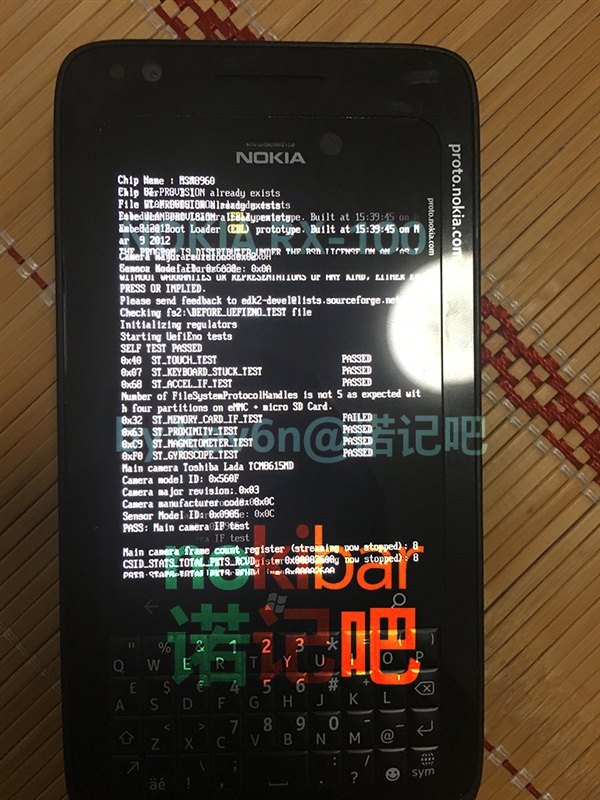
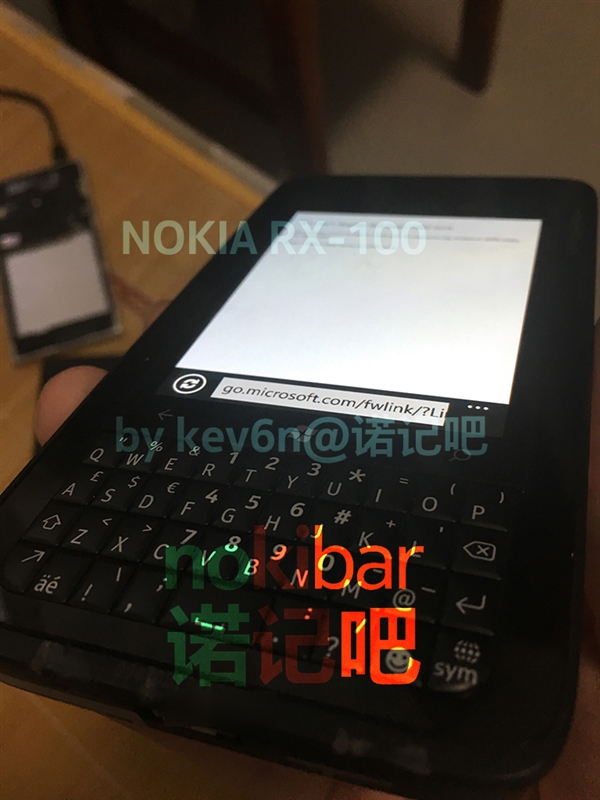
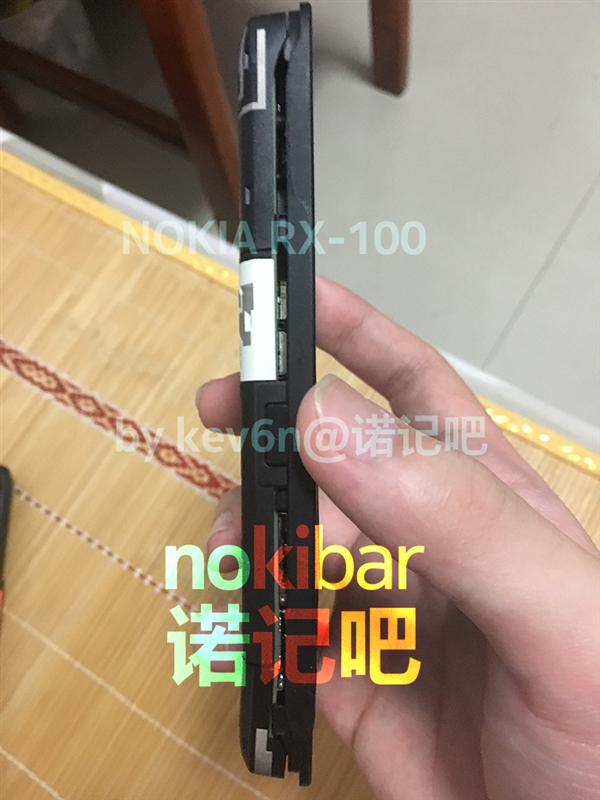
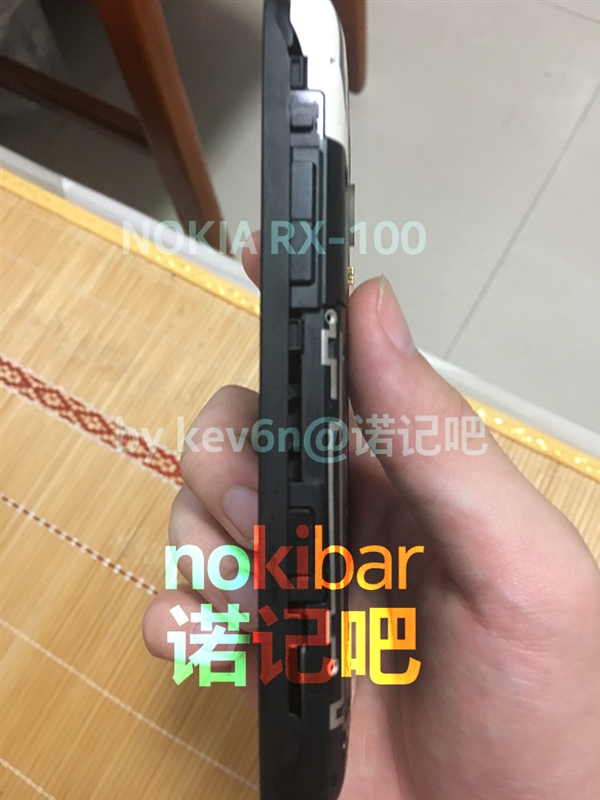
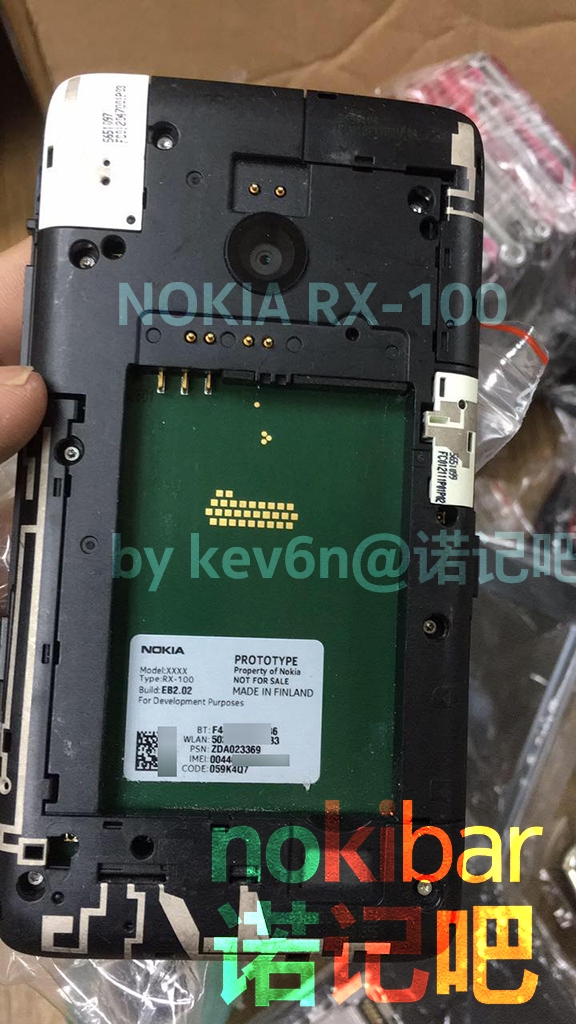



 The Surface Pen would have been a huge success
The Surface Pen would have been a huge success 













